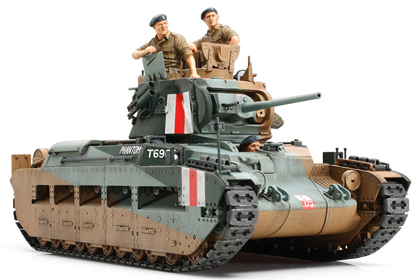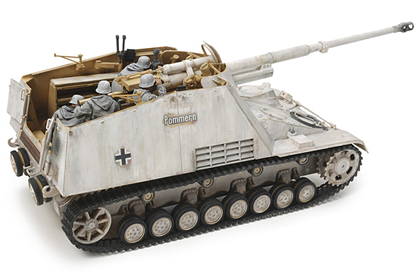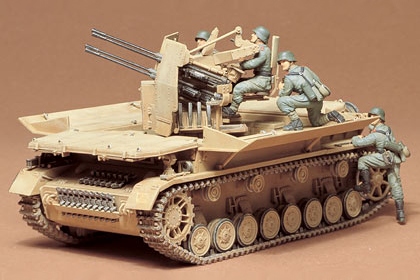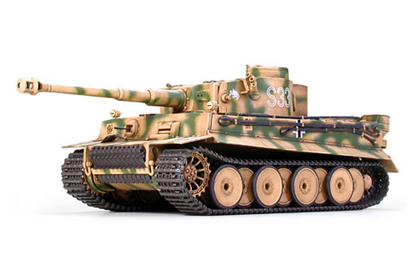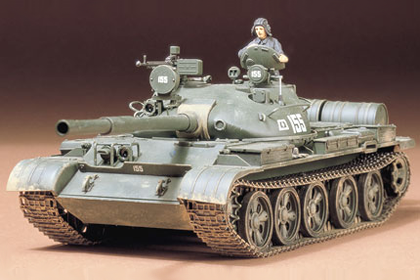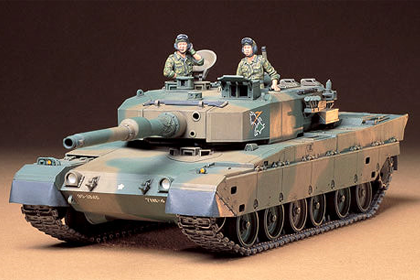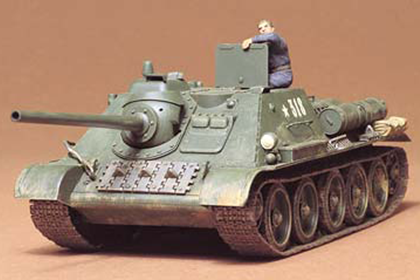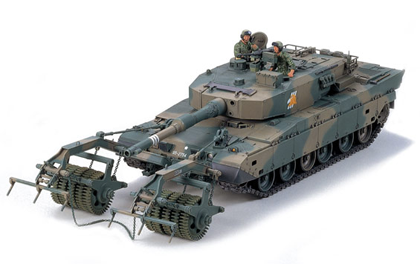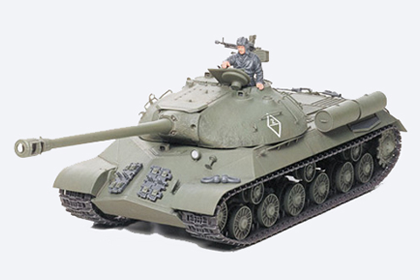This is the Tamiya 35 236-4000 kit in 1/35 scale, of the ‘JGSDF Type 90 Tank w/Mine Rolle’.
The third generation mainstay tank for Japan’s Ground Self Defense Force, the type 90 tank entered service in August 1990. Taking more than 10 years in its development, the inside of this latest Japanese tank is fully packed with state of the art hi-tech equipment. The 120mm smoothbore main gun is combined with a precision fire control system; comprising a trajectory computer, YAG (Yttrium Aluminum Garnet) laser beam range finder and gun stabilizer, enabling accurate firing while moving.
The passive infrared night viewer makes nighttime operations possible. Use of the automatic canon loading system eliminated the need of a loader, reducing the crew from four men to three. A 7.62mm machine gun is mounted a the coaxial position of the main gun, and a 12.7mm machine gun on the turret roof. The tank’s distinctive angular silhouette is due to the full use of Multi-material laminate armor, which provides excellent protection for the crew.
Ammunition stowage at the rear of the turret is completely separated from the crew compartment, thus further improved survivability is obtained. The water-cooled, V-10 cylinder diesel engine is supplied by Mitsubishi Heavy Industry. Equipped with an electronically controlled direct fuel injection, this power unit is capable of yielding 1,500 horsepower, propelling the 50 ton heavy tank up to a top speed of 70km/h they hydraulic suspension is incorporated on four road wheels out of six on either side, thus allowing the tank’s attitude to be adjusted according to the surrounding terrain.
